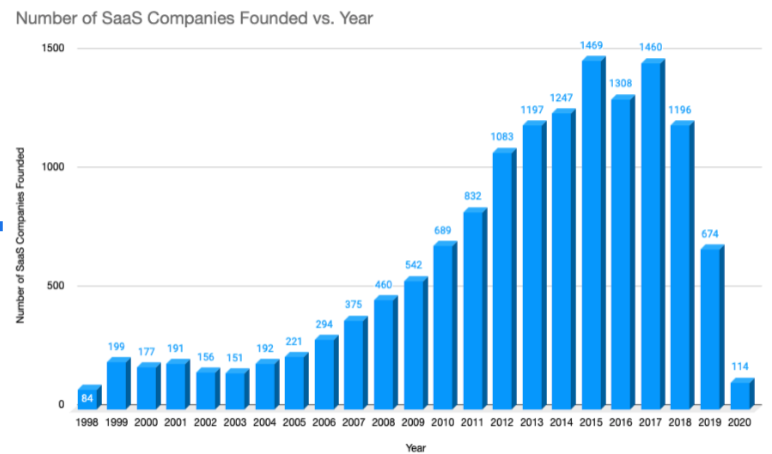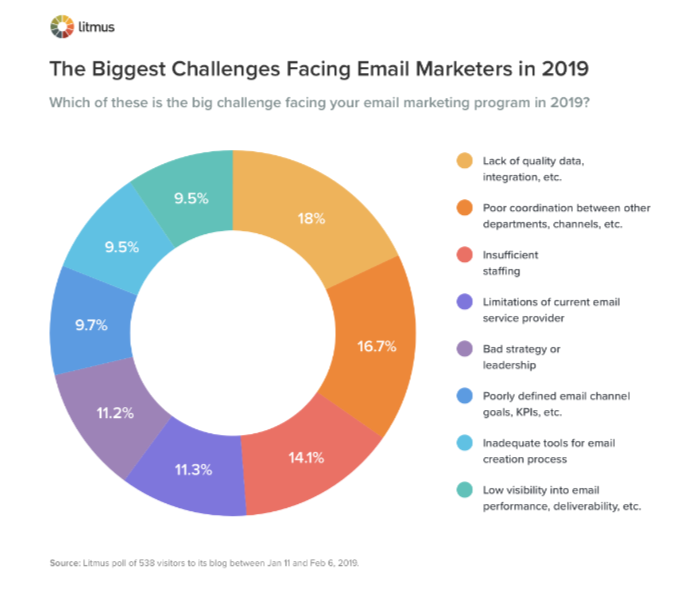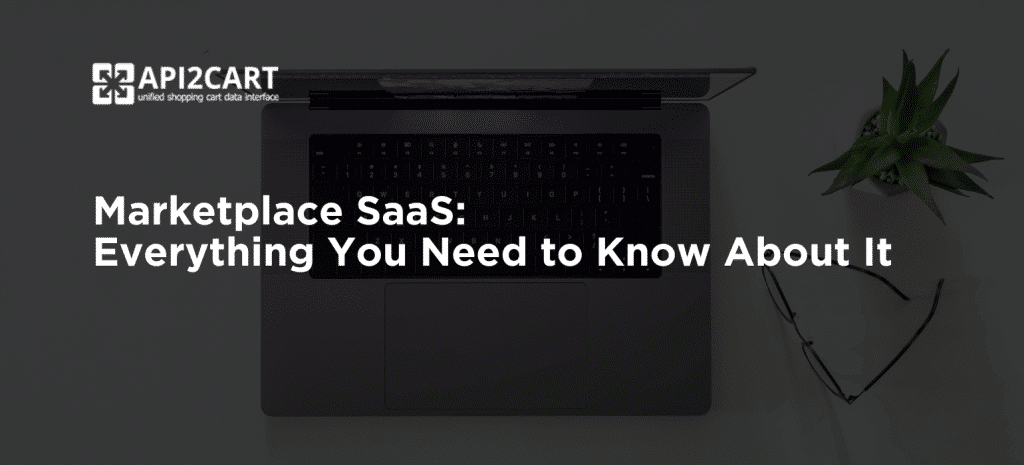
Today, there are more than 15,000 SaaS companies in the world, and the number is steadily increasing each year. Given that many SaaS companies provide the same product or service, it is easy to imagine the immense competition and pressure they are under every day.

Therefore, SaaS companies try to get any advantage they can over the competition. One valuable asset that, if utilized correctly, confers an enormous advantage is data.
Data has several uses: It can be used to train AI solutions, serve as a basis for a company’s predictive analytics, and drive lead generation strategies, maximizing revenues.
In this article, we will focus on that final point: generating leads. Let’s look at 5 data-driven lead generation strategies that SaaS companies are implementing today.
Data-Driven Lead-Generation Strategies
Data gives companies precise insight into the prospects they target, allowing them to shape their marketing efforts to their interests and needs, while also helping them measure whether these efforts yield satisfactory results. Here’s how.
- SEO and Organic Traffic
- Website Conversion Rate Optimization
- Email Marketing
- Target Segmentation
- Qualifying Leads
One of the most reliable ways companies get visitors to their site is through SEO and organic traffic. Not only is it free, but it also produces leads of the highest quality.
How is SEO free?
Even though companies often find the constant production of relevant content costly, once Google ranks a page highly and ascribes some authority to it, the page will keep popping up at the top of search results. This will bring in visitors without having to pay any money.
Conversely, with something like pay-per-click advertising, companies have to pay for every visitor they get.
That said, there is no such thing as a free lunch. While SEO might bring in a ton of visitors at a relatively low cost, it does take a lot of time and effort for a company to rank high on search engines.
It also requires the assistance of data. After all, companies need to know which keywords or search phrases to aim for. The only way to determine that is to understand what people are looking for and which of the keywords or search phrases they use are relatively easy to aim for.
Once a SaaS company manages to attract visitors to its site, be it through SEO or PPC, it needs to start thinking about how it can convert them into paying customers.
One way to achieve that is to optimize its website. After all, the site is the first impression visitors get of a company and first impressions matter.
How can data help?
Data shows companies where visitors linger the most, what they look at when they visit the site, and how the overall interaction goes.
Additionally, if there are any problems, such as specific pages leading to high bounce rates or acting as stumbling blocks in front of the visitors, the data will point them out.
This information will help businesses remove problem areas and optimize their efforts.
Although this strategy might seem a bit old school, it remains effective. A company’s email subscribers are a large pool of likely candidates and potential customers.
However, there is no point in a company trying to convert all of its subscribers into customers. In fact, this would probably prove more harmful than useful.
Instead, companies should monitor their subscribers and look for those who exhibit signs of being a potential customer. These include visiting the site frequently, spending a long time at specific pages, or acting like leads at the beginning of the sales funnel in other ways.
To spot these promising subscribers, companies would benefit from using a lead scoring system, a way to measure how likely someone is to become a paying customer.

This system can also notify companies when a “cold” lead starts to change and gravitate towards becoming a “hot” one, informing the company when it might be time to give said lead a call.
Every company needs to figure out its ideal prospects.
In other words, SaaS companies have to decide which leads have the highest likelihood of converting into paying customers and which of these customers have the highest lifetime value.
Rather than relying on gut hunches and “intuition”, companies should filter their audience based on available data to achieve optimal results. Otherwise, if a company wastes too much time guessing who its customers are, it will end up missing the target altogether.
When it comes to target segmentation, data becomes all the more prominent.
There are many factors any given company must take into account in search of its clientele. For instance, companies can decide to segment their market based on geography, industry vertical, online activities, or, for B2B businesses, company size.
Companies need all the data collected together under one roof to keep the bigger picture in full view.
This data can be collected from various sources and departments from within a company. For example, while the sales department can share data on the types of customers that convert easiest, the people in accounting can provide valuable insights regarding which customers contribute the most value to a company.
Companies that manage to aggregate all the relevant data from disparate sources can leverage the power of AI and analytics tools to extract valuable insights and make better decisions. With the advent of Industry 4.0 and various new technologies driving greater connectedness, it will be easier for companies to make smarter decisions across all customer touchpoints.
Good targeting is integral for personalization, which is one of the best ways to generate high-quality leads.
Depending on the amount of data harvested, companies either create accurate personas that represent different customer segments or get more granular, personalizing each user’s experience.
Even if companies opt for using personas instead of going down to the atomic scale, those can still prove critical to the marketing department. For instance, they can help them create relevant content while informing them which customers to prioritize.
Target segmentation and qualifying leads go hand in hand. While target segmentation is about finding the right people to interact with, qualifying leads is all about avoiding the wrong ones, who will end up wasting time.
Both processes are about ensuring the highest quality of leads possible.
Just as target segmentation requires the use of personas, qualifying leads benefits from utilizing negative personas. Those are crude sketches of the types of individuals companies should steer clear of.
However, qualifying leads is also about avoiding leads that might be promising later down the road but aren’t there yet. For instance, if a potential customer is still in the awareness phase of their buyer’s journey, it would be too premature for the sales department to give them a call.
The use of data is evident here as well.
The Future of SaaS
Even though the future is hard to predict, there are a few things we can assert with a certain level of confidence.
For starters, SaaS companies are here to stay. As cloud computing technology evolves, it will become even easier to provide software as a service.
Moreover, given the efficiencies offered by SaaS providers, it would come as no surprise if new SaaS companies pivoted towards targeting the everyday consumer instead of big companies or SMBs.
Additionally, SaaS companies that offer generalized services, i.e., those that serve several niches simultaneously, will undoubtedly give way to more specialized companies that do one thing but do it excellently.
In all of these developments, data will play a central role. However, data integration and management require a lot of time and resources. Working with third-party specialists like API2Cart is a perfect solution to integrate with 60+ eCommerce platforms and manage all the needed data from e-stores built on them and streamline your business processes so you can focus on developing and growing your SaaS app.
Lisa Michaels is a freelance writer, editor, and a thriving content marketing consultant from Portland. Being self-employed, she does her best to stay on top of the current trends in business and tech.



